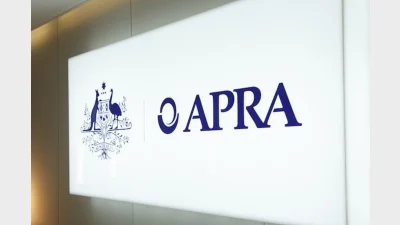(October-2003) APRA audit turns up inconsistencies
The Australian National Audit Office (ANAO) has identified key differences in approach between the two divisions within the Australian Prudential Regulation Authority (APRA) responsible for supervising superannuation funds and other financial entities.
The differences — between the so-called Diversified Institutions Division (DID) and the Specialised Institutions Division (SID) — were revealed in a performance audit conducted by the ANAO into APRA’s supervision tabled in Parliament last month.
The bottom line of the differences found by the audit report is that superannuation funds operating within large ‘conglomerates’ have been subjected to a more lenient, consultative APRA approach than so-called specialist entities.
As a result, the ANAO is recommending the development of a standardised supervisory approach, which APRA has claimed it will be implementing.
The report suggests that the SID approach of balancing efficiency with risk was found to be generally effective in identifying exposures and underlying prudential risks and applying enforcement options.
“SID consistently applies a documented methodology for supervising super funds, whereas DID does not have a documented separate methodology for reviewing superannuation entities within financial conglomerates,” the audit report says.
“Also, SID has formalised a more systematic approach to escalating supervision and undertaking enforcement actions compared to DID’s informal consultative approach.”
The ANAO report suggests that there are a series of administrative improvements that APRA can initiate to enhance its prudential supervision of Approved Trustees and superannuation funds.
“With respect to its regulatory functions, improvements could be made to APRA’s reporting of superannuation fund’s lodgement of annual returns and risk identification and review,” the report says.
“As to operational processes, ANAO considers that improvements can be made to the timely documentation of APRA’s supervisory review of superannuation funds and the development of a standardised supervisory approach to Approved Trustees and superannuation funds.”
Recommended for you
The super fund has launched Retirement Manager, a digital advice tool helping members plan income, spending, and retirement confidence with integrated support.
APRA has warned retail super trustees that financial adviser involvement in recommending platform products does not diminish their obligations, as regulators turned the spotlight on the Shield Master Fund and First Guardian Master Fund during a meeting with fund CEOs.
AMP’s chief economist has unveiled a wish list for the Australian government’s Economic Reform Roundtable.
Australian retirees could increase their projected annual incomes between 3 and 51 per cent by incorporating personal and household data into their retirement income strategies, according to new research.









